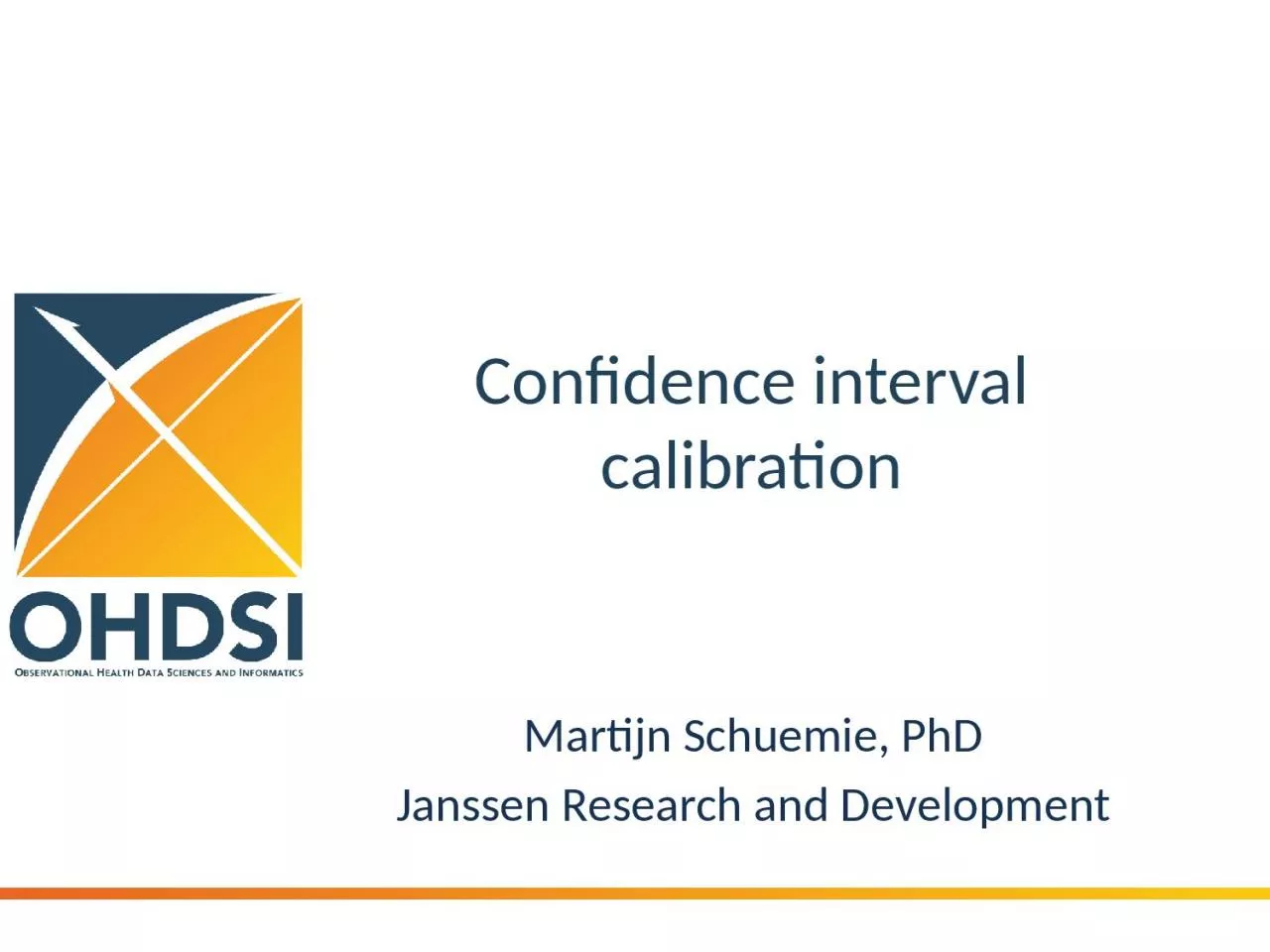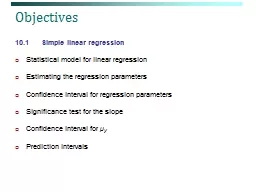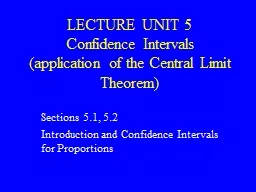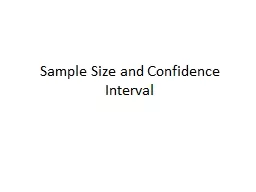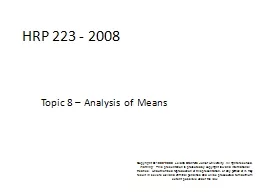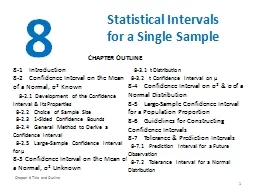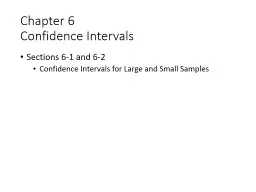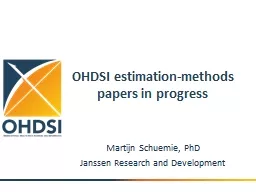PPT-Confidence interval calibration
Author : gagnon | Published Date : 2023-11-19
Martijn Schuemie PhD Janssen Research and Development Previous meetings Oct 19 Sequence Symmetry Analysis Nov 2 Distributed regression amp biosignal collection Nov
Presentation Embed Code
Download Presentation
Download Presentation The PPT/PDF document "Confidence interval calibration" is the property of its rightful owner. Permission is granted to download and print the materials on this website for personal, non-commercial use only, and to display it on your personal computer provided you do not modify the materials and that you retain all copyright notices contained in the materials. By downloading content from our website, you accept the terms of this agreement.
Confidence interval calibration: Transcript
Download Rules Of Document
"Confidence interval calibration"The content belongs to its owner. You may download and print it for personal use, without modification, and keep all copyright notices. By downloading, you agree to these terms.
Related Documents

